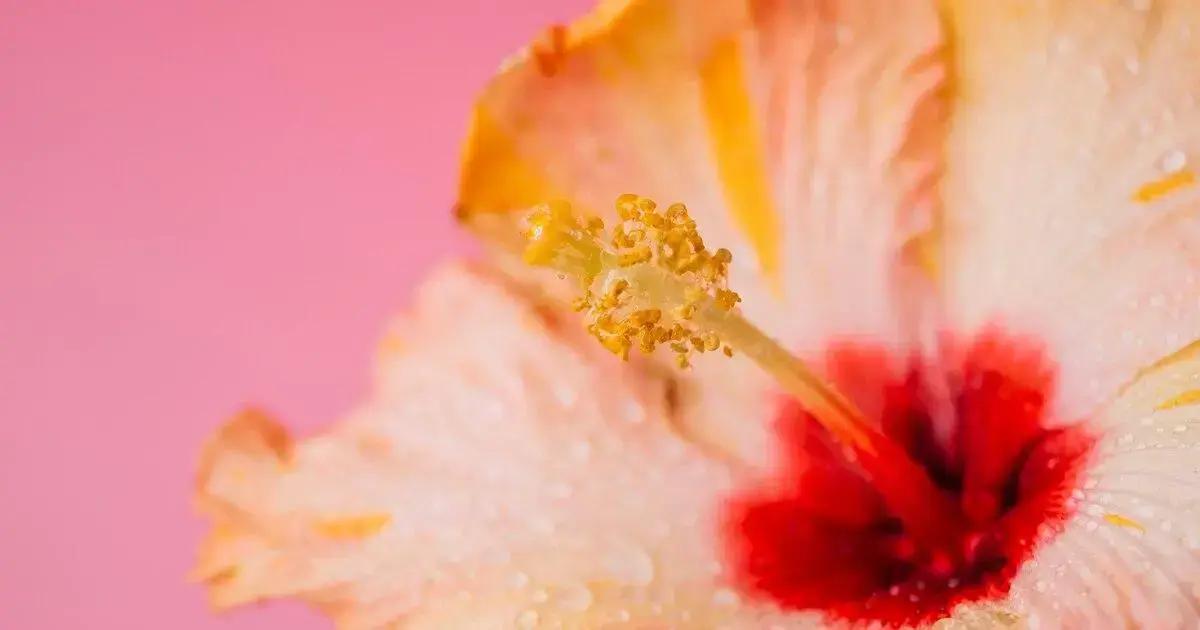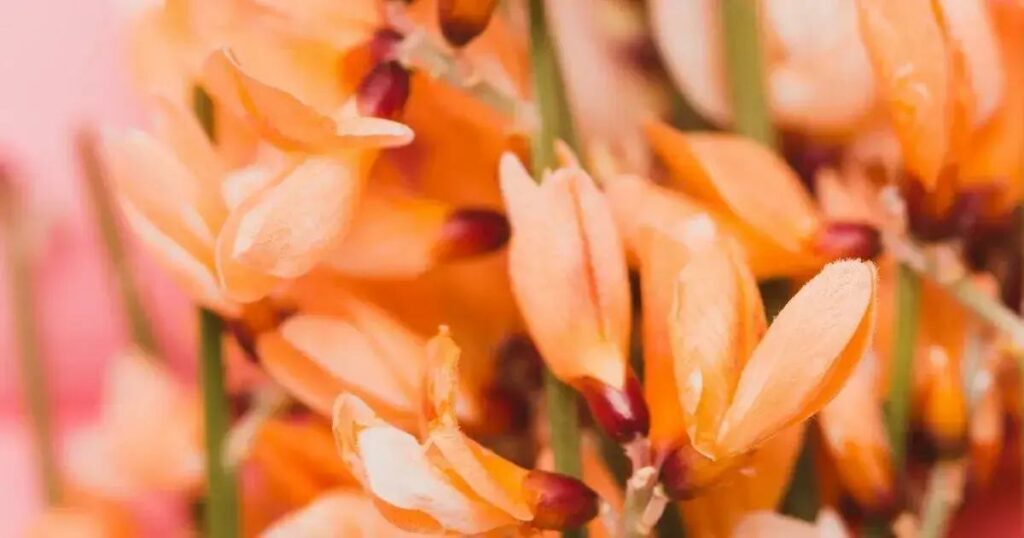How to care for clivia plants is a common question among indoor gardeners looking to enhance their living spaces. With its lush foliage and striking flowers, the clivia plant is a fantastic choice for both beginners and experienced gardeners. To cultivate a flourishing clivia, understanding its specific needs is essential. Let’s dive into some practical care tips to ensure your clivia thrives.
Table of Contents
ToggleWatering requirements for healthy clivia plants
Watering requirements for healthy clivia plants are essential to their overall growth and flower production. Understanding how to properly water clivia plants can significantly impact their health and blooms. Clivia plants prefer a careful watering routine that keeps the soil just moist enough but never soggy.
When to water clivia plants
- Check the top inch of the soil: If it’s dry to the touch, it’s time to water.
- Water less frequently during the dormant winter months, about every 2-4 weeks.
- Increase frequency in the spring and summer when the plant is actively growing.
How to water clivia plants effectively
- Use room temperature, distilled, or rainwater for the best results.
- Water until it drains out of the bottom of the pot to ensure the roots get adequate moisture.
- Empty excess water from the saucer beneath the pot to prevent root rot.
Signs of improper watering
- Overwatering: Yellowing leaves and mushy roots are common signs.
- Underwatering: Wilting leaves and dry soil indicate your clivia needs more water.
By understanding the watering requirements for healthy clivia plants, you can provide the necessary care to help them thrive. For further insights, consider exploring indoor gardening techniques.
Choosing the right soil and pot for your clivia

Choosing the right soil and pot for your clivia is crucial for healthy growth and vibrant flowers. The appropriate soil provides essential nutrients and proper drainage, while the right pot ensures ample space for root development.
Ideal soil composition for clivia plants
- Use a well-draining potting mix to prevent waterlogging.
- A mix of peat moss, perlite, and orchid bark is highly recommended.
- Avoid heavy soils that retain too much moisture.
Choosing the correct pot type
- Select a pot made from breathable materials like terracotta.
- Pick a pot that is slightly larger than the current one to allow for growth.
- Ensure the pot has drainage holes to facilitate excess water runoff.
Benefits of using the right soil and pot
- Enhanced drainage helps prevent root rot.
- Adequate aeration encourages healthy root growth.
- Proper nutrient supply leads to more abundant flowering.
Understanding the nuances of choosing the right soil and pot for your clivia is key to nurturing this stunning plant. For further insights, consider exploring indoor gardening techniques.
Common pests and how to protect your clivia plants
Common pests and how to protect your clivia plants are critical aspects of maintaining their health. Proper pest management not only ensures the longevity of your clivia but also enhances its beauty and resilience.
Identifying common pests that affect clivia
- Mealybugs: Small, cotton-like insects that suck sap from the plant.
- Spider mites: Tiny pests causing yellow stippling on leaves.
- Aphids: Small green bugs attacking new growth and buds.
Effective prevention methods
- Maintain optimal humidity levels to deter pests like spider mites.
- Inspect new plants for pests before introducing them to existing collections.
- Keep clivia clean by wiping leaves with a damp cloth regularly.
Managing infestations
- Use insecticidal soap or neem oil to treat mild infestations.
- For severe cases, consider re-potting the plant with fresh soil.
- Remove damaged leaves to prevent further pest spread.
Being aware of the common pests and how to protect your clivia plants can keep your garden thriving. For additional tips, consider exploring indoor gardening techniques.
In conclusion
Caring for clivia plants requires attention to their specific needs, including proper watering, soil choice, pot selection, and pest management. By implementing the tips discussed in this guide, you can create a thriving environment for your clivias, leading to beautiful blooms and healthy foliage. For more tips on enhancing your indoor garden, feel free to explore additional resources that can elevate your gardening experience.

